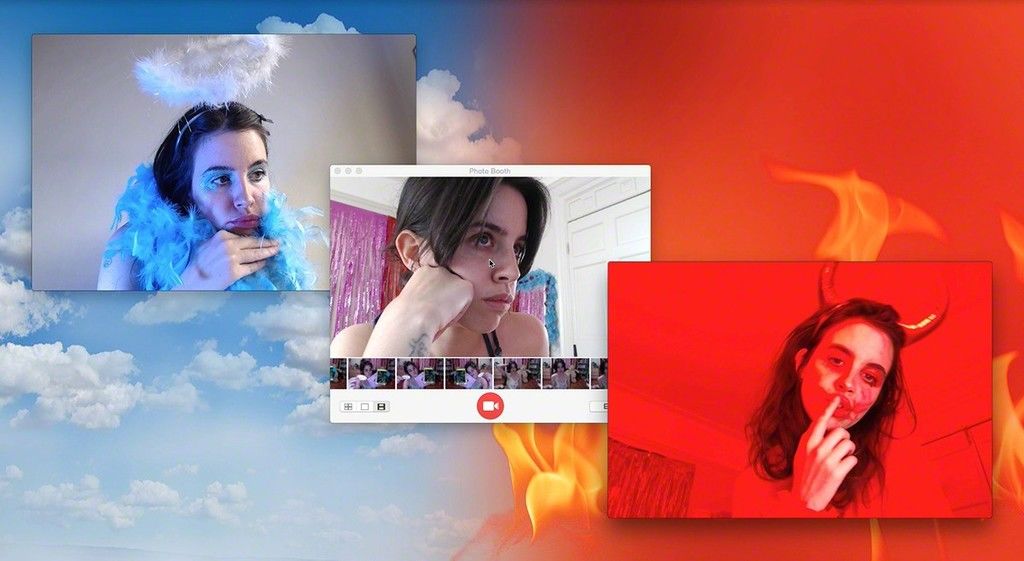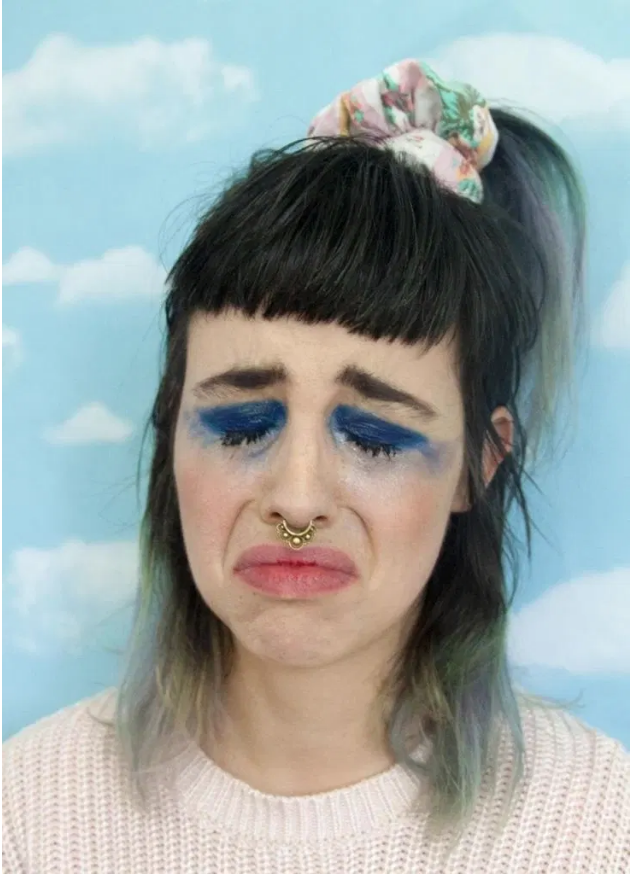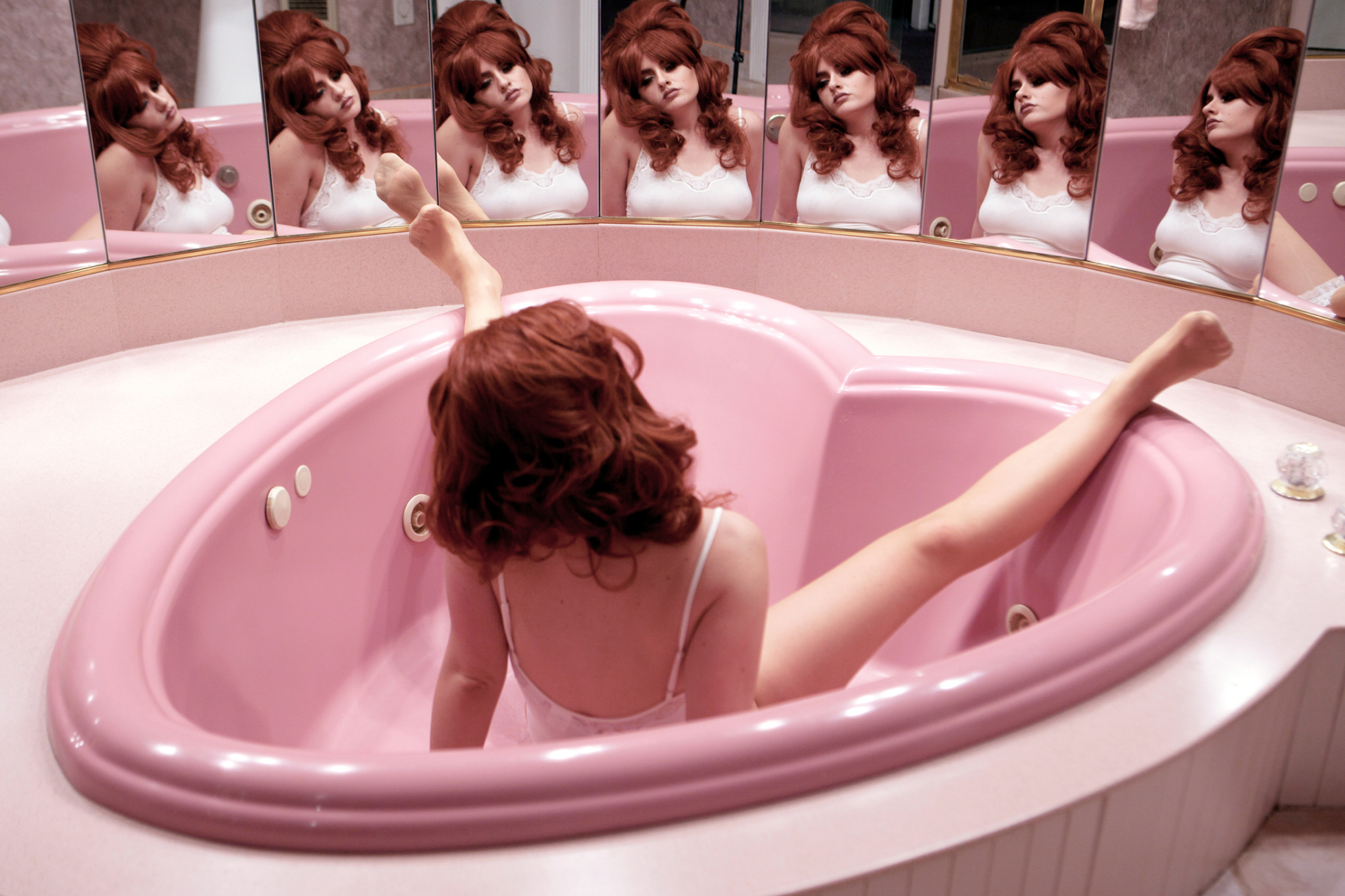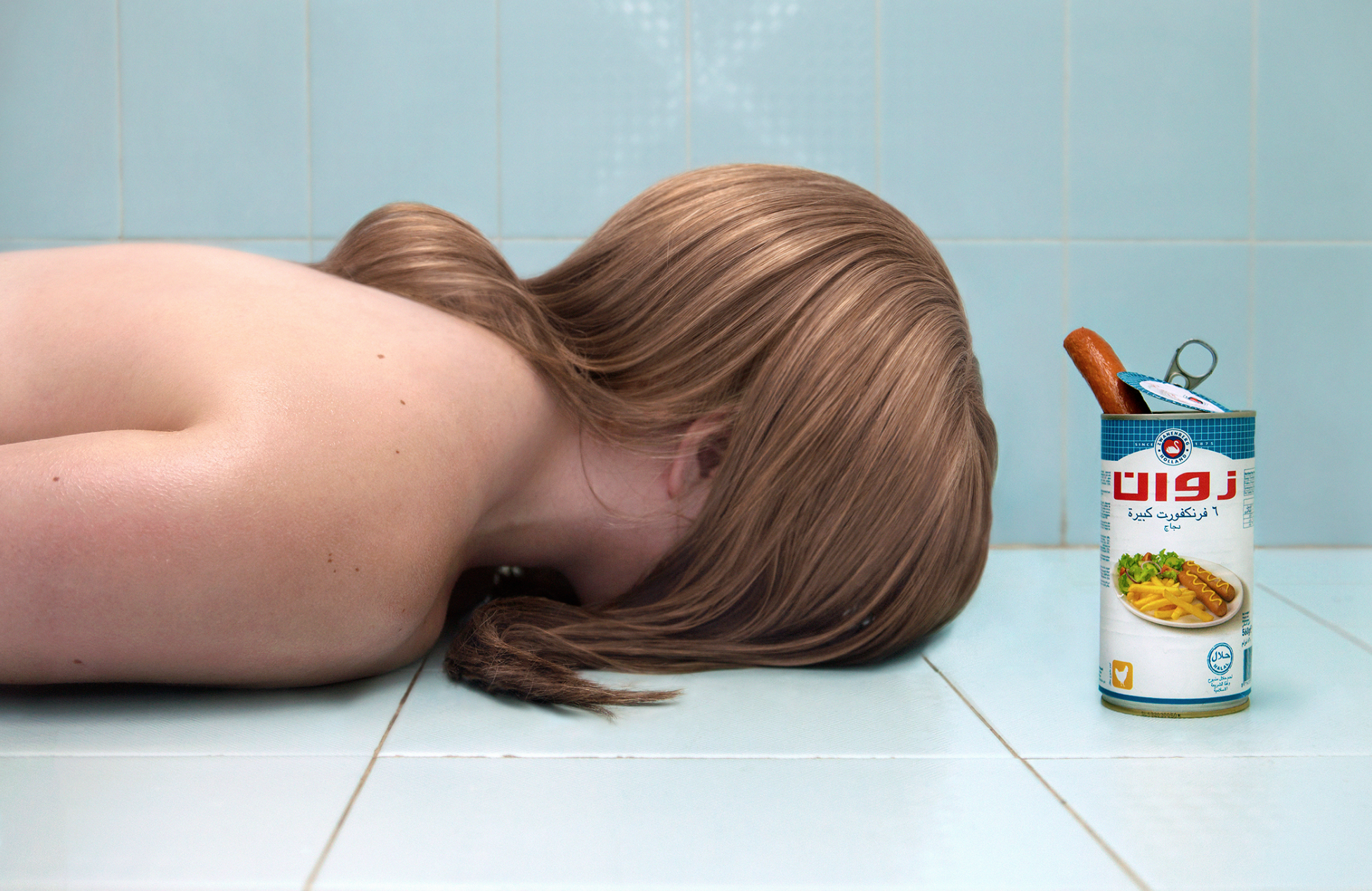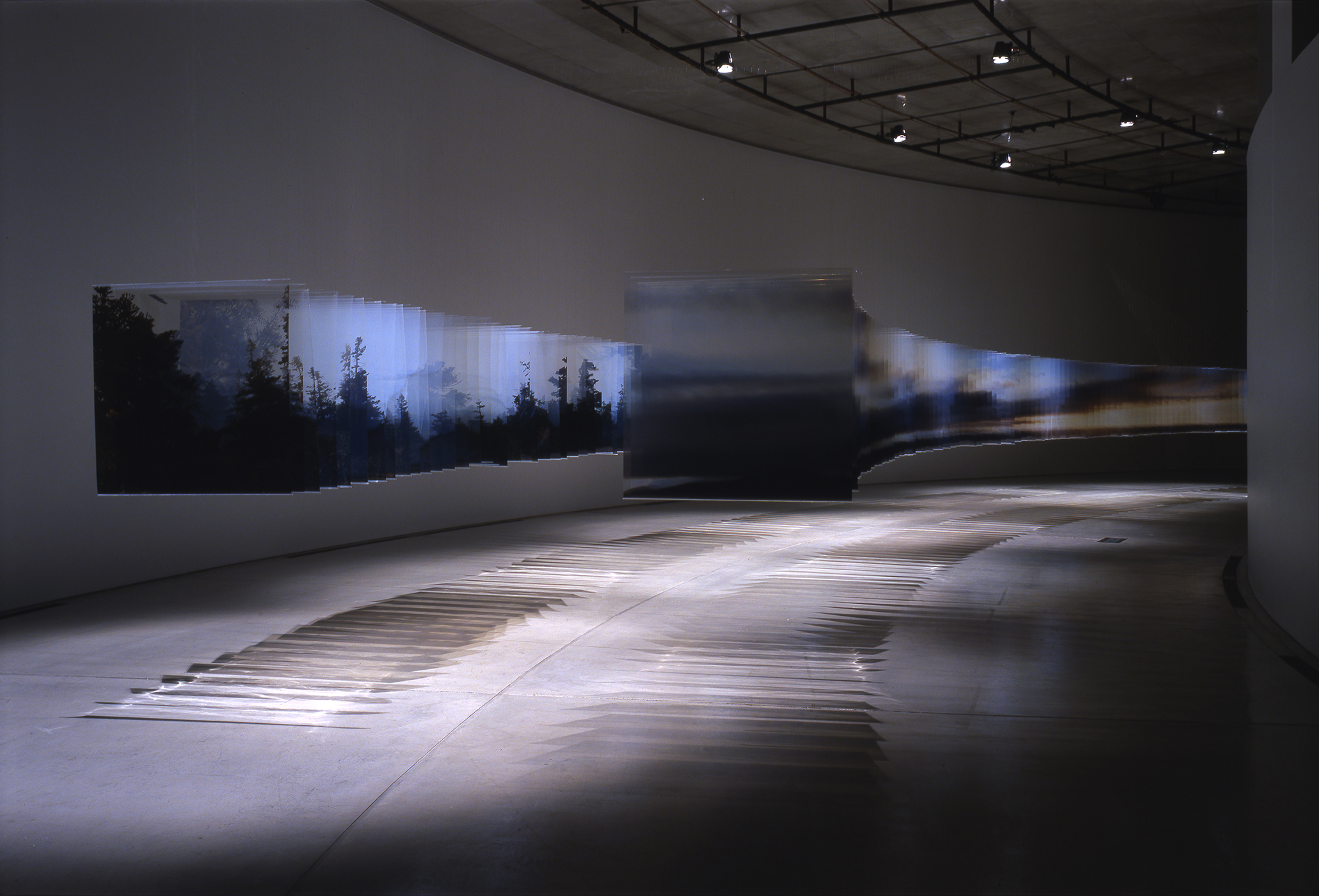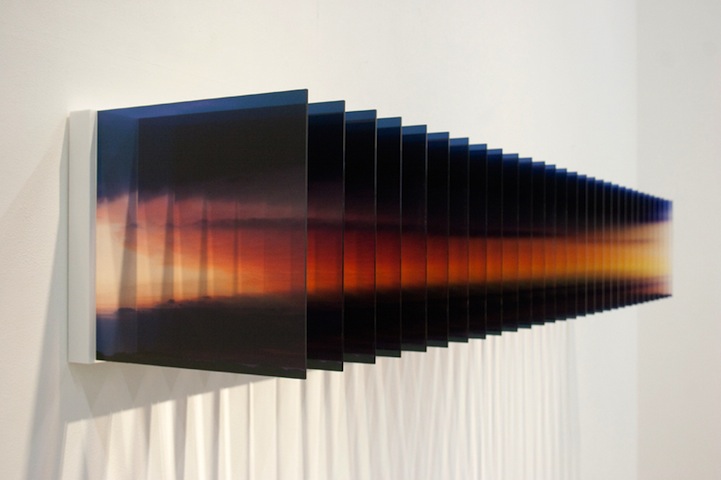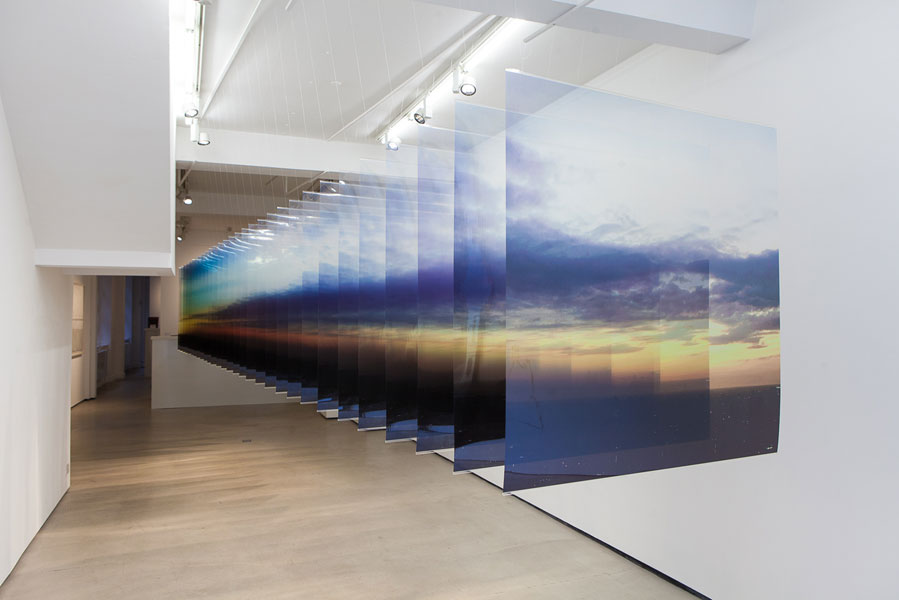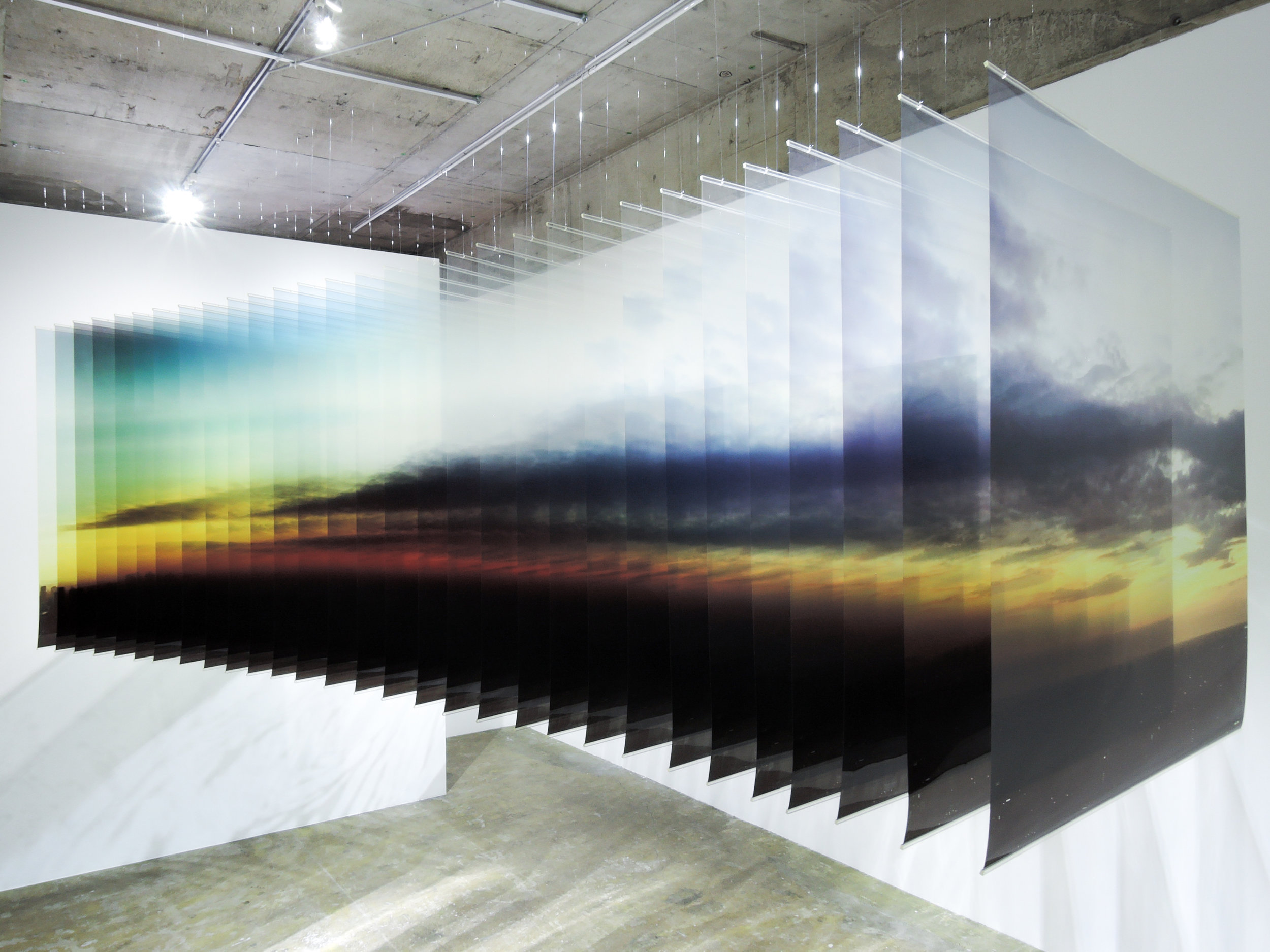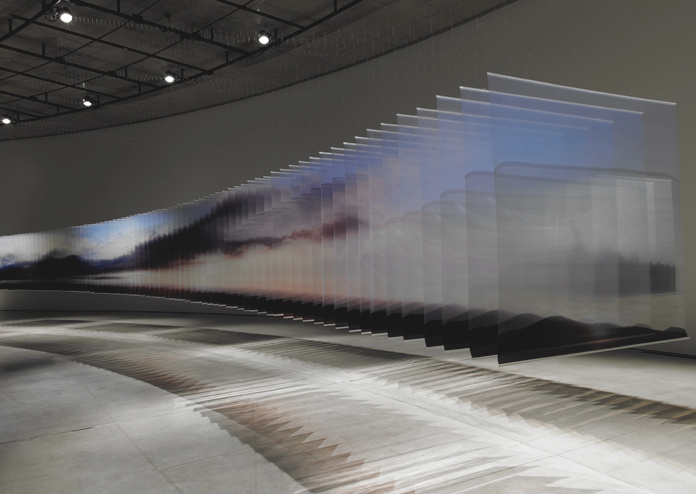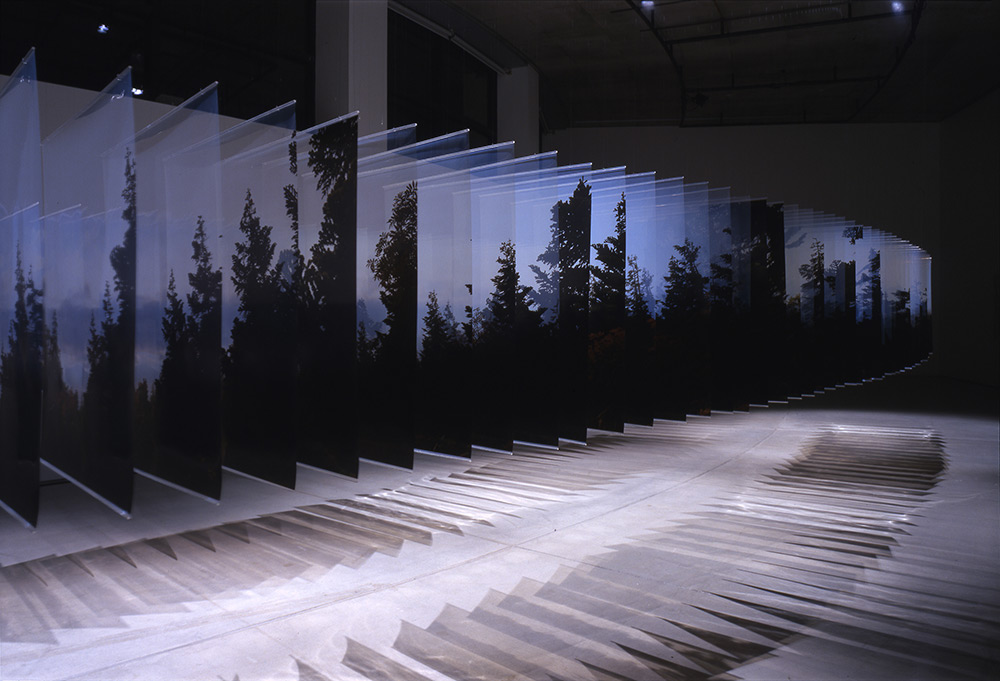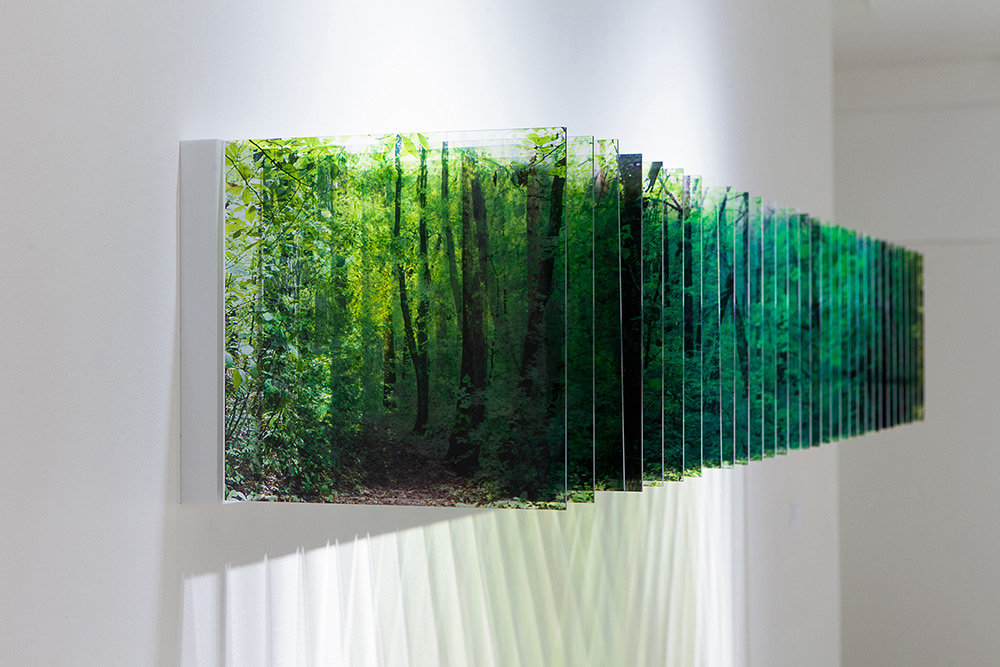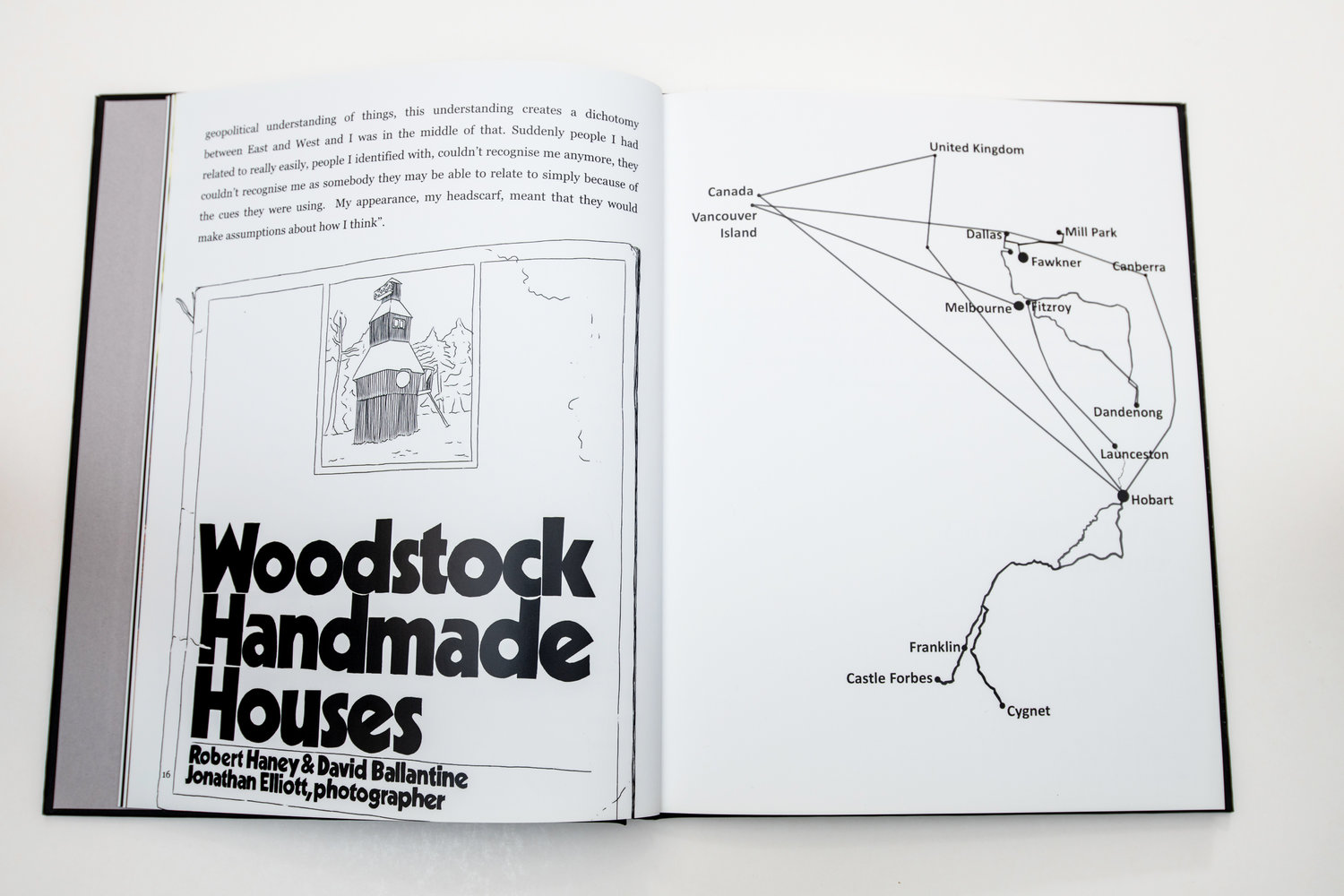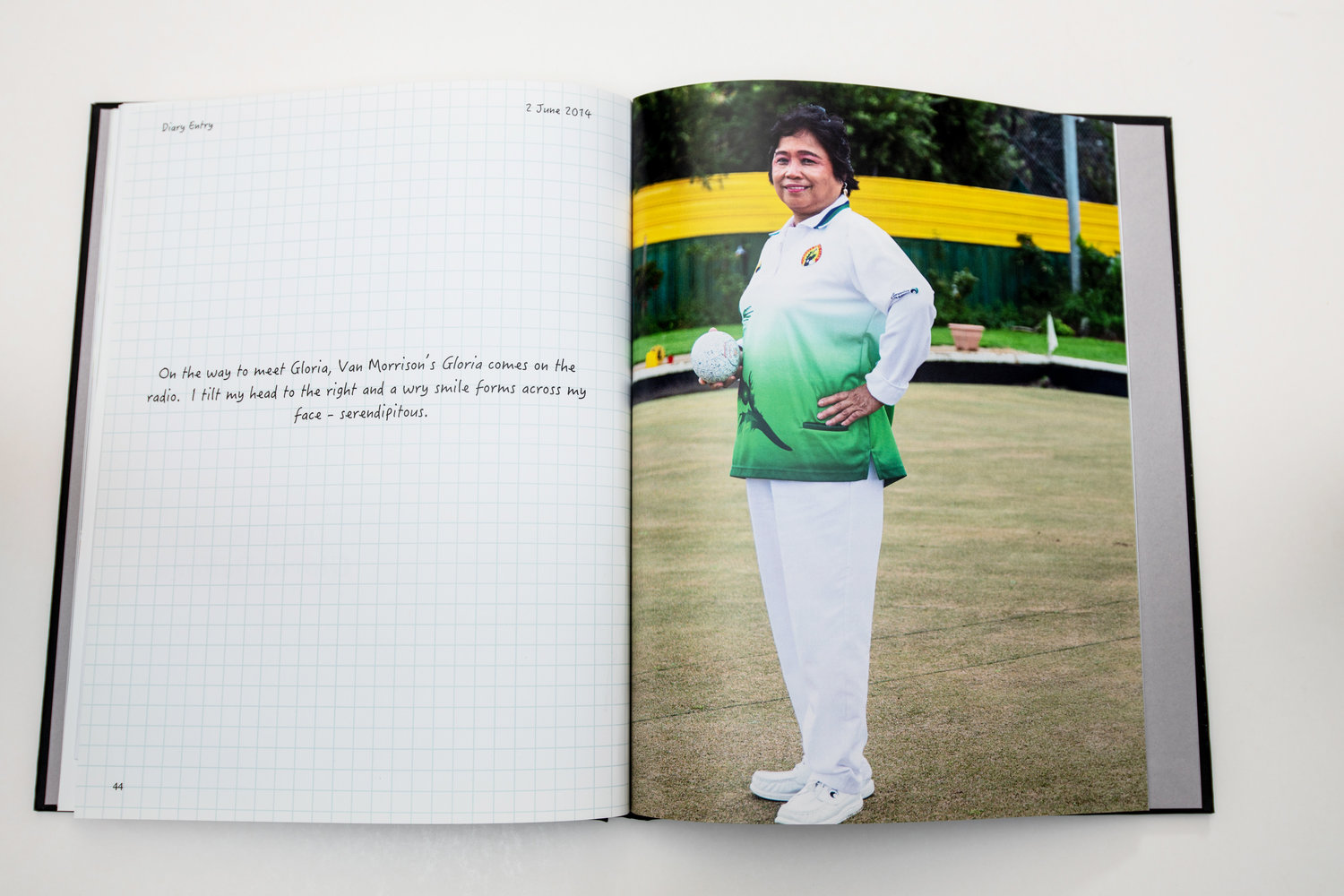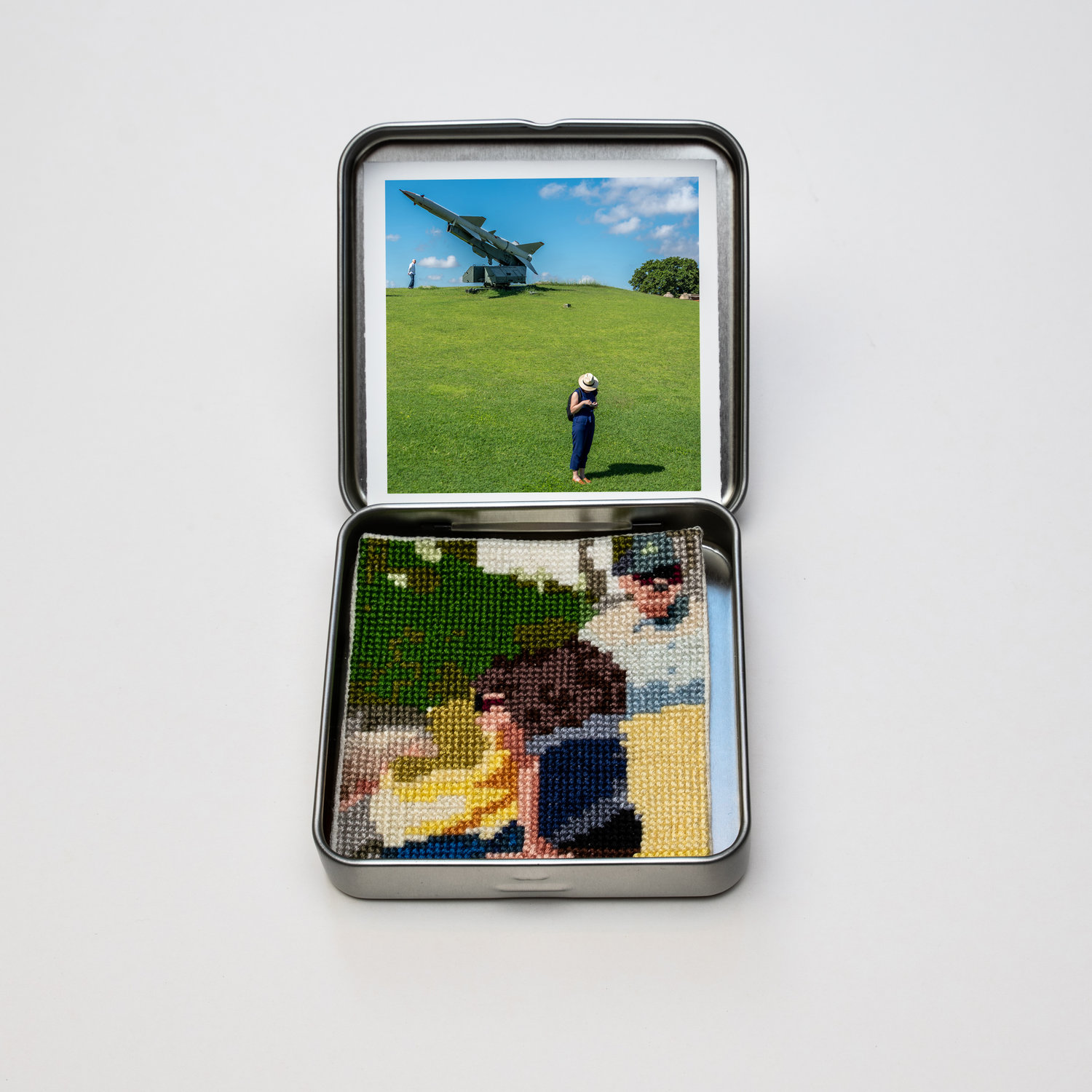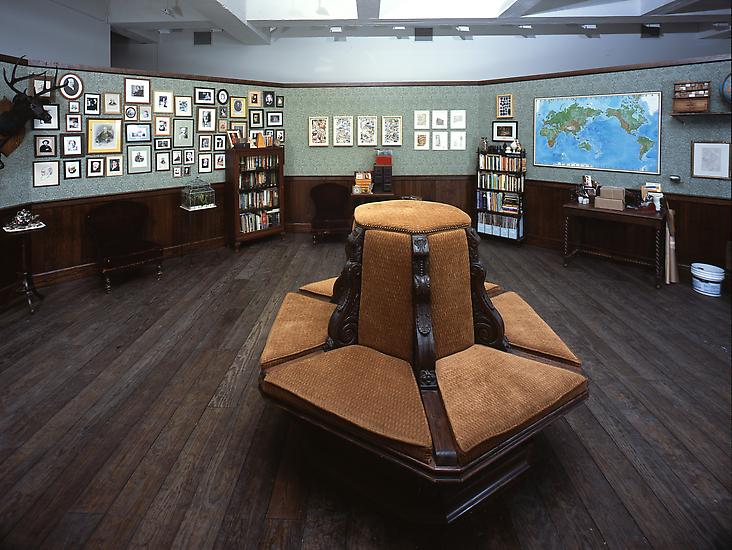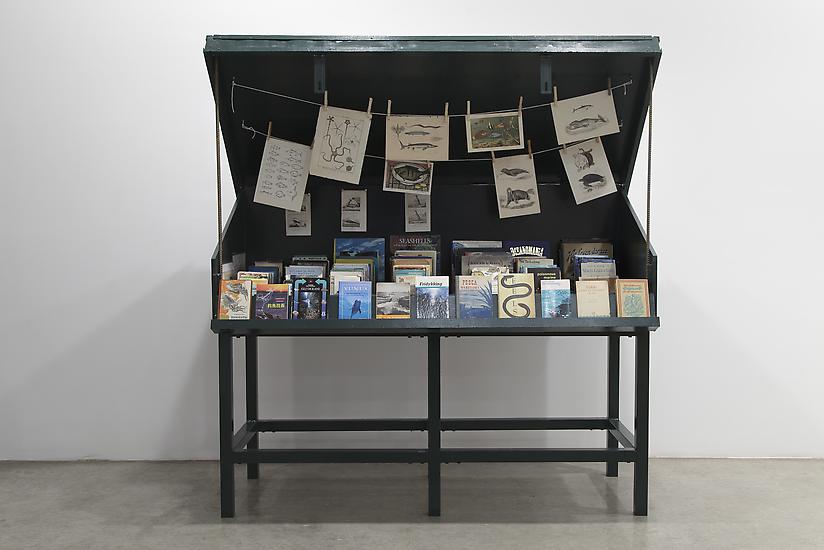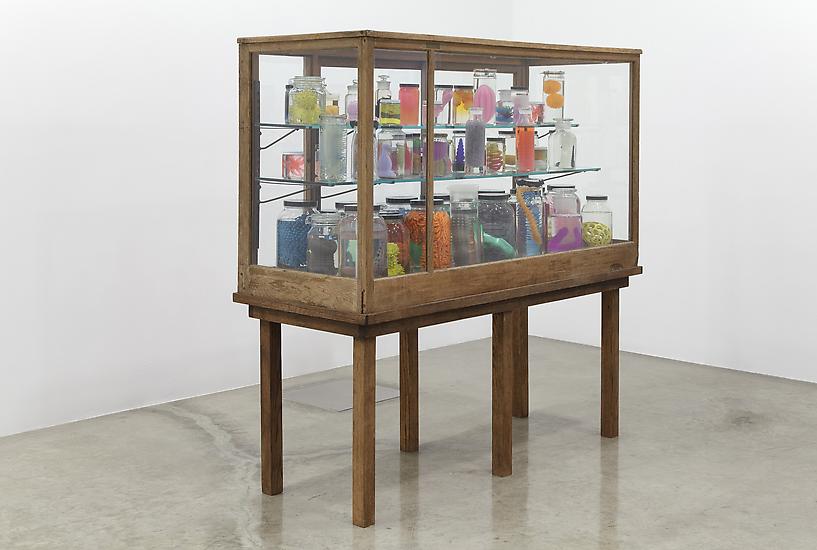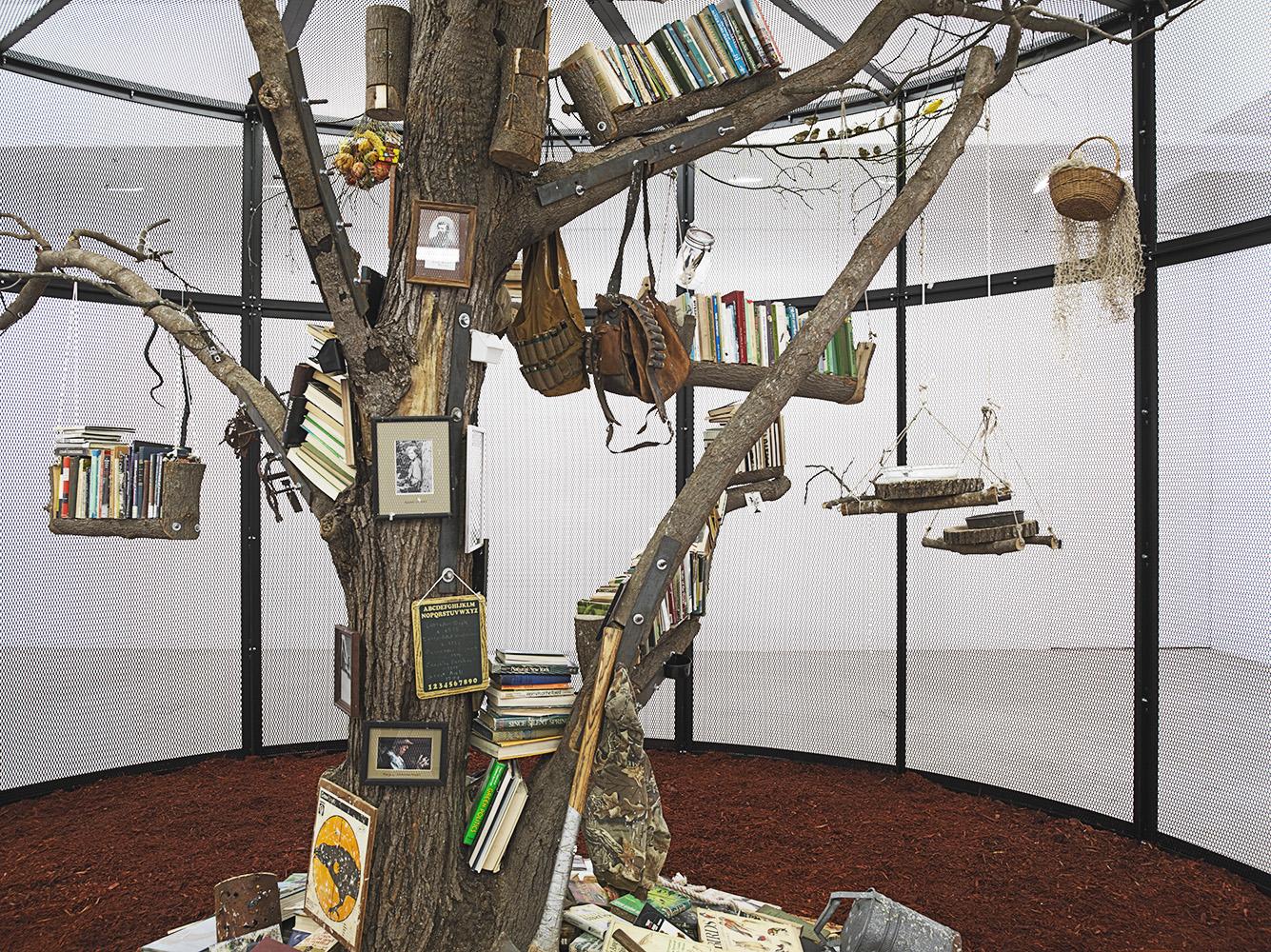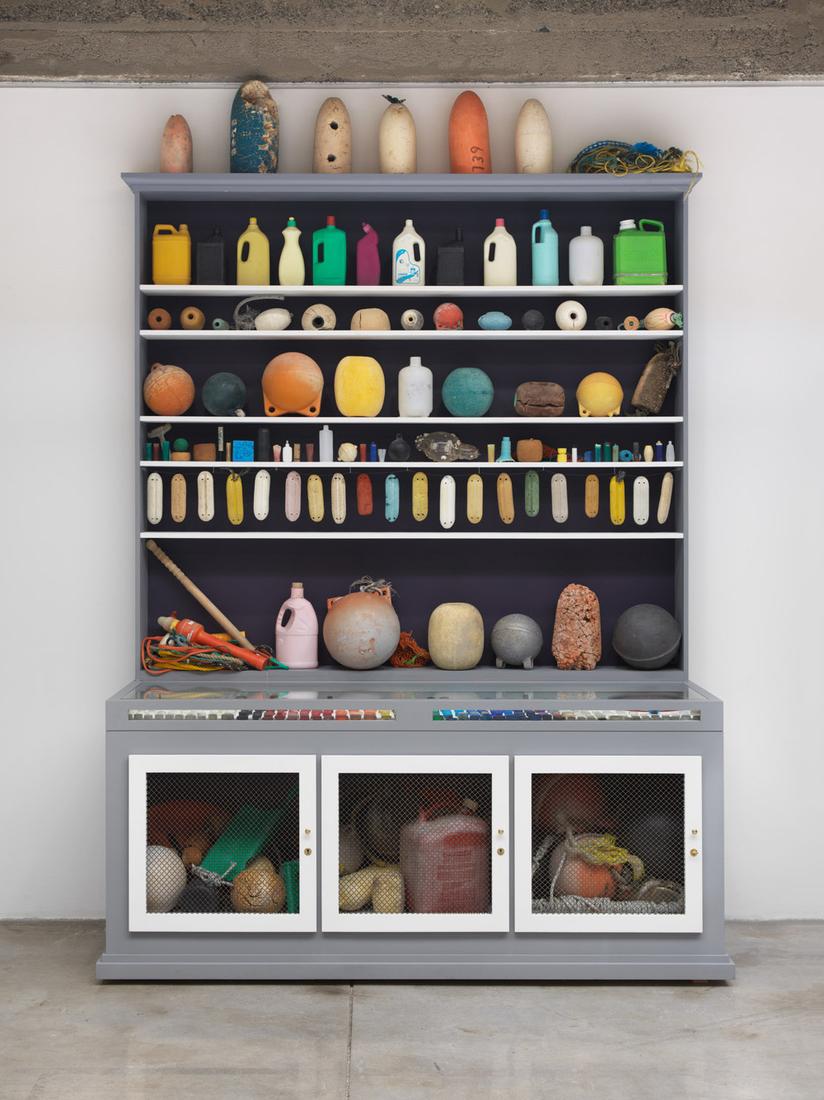Soda uses social media as her practice and medium. It’s a provocative unpacking of the digital avatar, self-representation and our ownership of it, also the friction between online representation and IRL. I like her embracing of vulnerability, and making a “high-art” out of this ‘low culture’ movement.
“Soda explores the technological mediation of self-identity, contemporary feminism, culture and perversion” www.annkakultys.com/artists/molly-soda/
In Dobson’s Postfeminist Digital Cultures, she speaks of the cringe-worthiness of female self-representation in social media, and how this is an idea that comes from the patriarchy and is limited to female (or non-cis-male) self-representation. “Their media practices and self-productions are framed as cringe-worthy, as well as risky or dangerous, and these deficiencies are often implicitly constructed as a weakness of their sex.”
Soda’s work embraces and inflates the ideas of insecurity and vanity driving digital representation. Her movement between the vulnerable and the TMI probes the online culture of over-sharing, sympathy and empathy. the evolution of relationships comes into question - with the idea of the digital avatar being a curated version of yourself, and many of your relationships existing online, what happens to real relationships when the road to intimacy is stunted by the screen and these acts of “vulnerability” in real life would lead to closer relationships, but online lead to what exactly? an attention-grabbing device? A curated emotional self and a false sense of connection in this inherently disconnected type of life.
Using the selfie in my work is representational of this IRL vs Digi-Self. I. Absolutely. Hate. Selfies. Using these in my work is a struggle and embarrassing for me. The only way I can not cringe is to make them into monstrous and ugly versions of myself. I guess that’s saying something about my self-image and self-representation. Online, I don’t have any photos of myself that are taken by myself. The only photos I have are of other things, or photos that other people have taken of me. I feel that it is something difficult for me to show/make selfies, and that this difficulty is important in to unpack and explore especially in my work. I love that Soda and Calypso are making characters or extreme versions of herself, something that I can relate to by making monstrous depictions of myself.
Most of these female self-representing artists are not able to take true to life images of themselves and call it art. There has to be some extreme or construct behind it.

